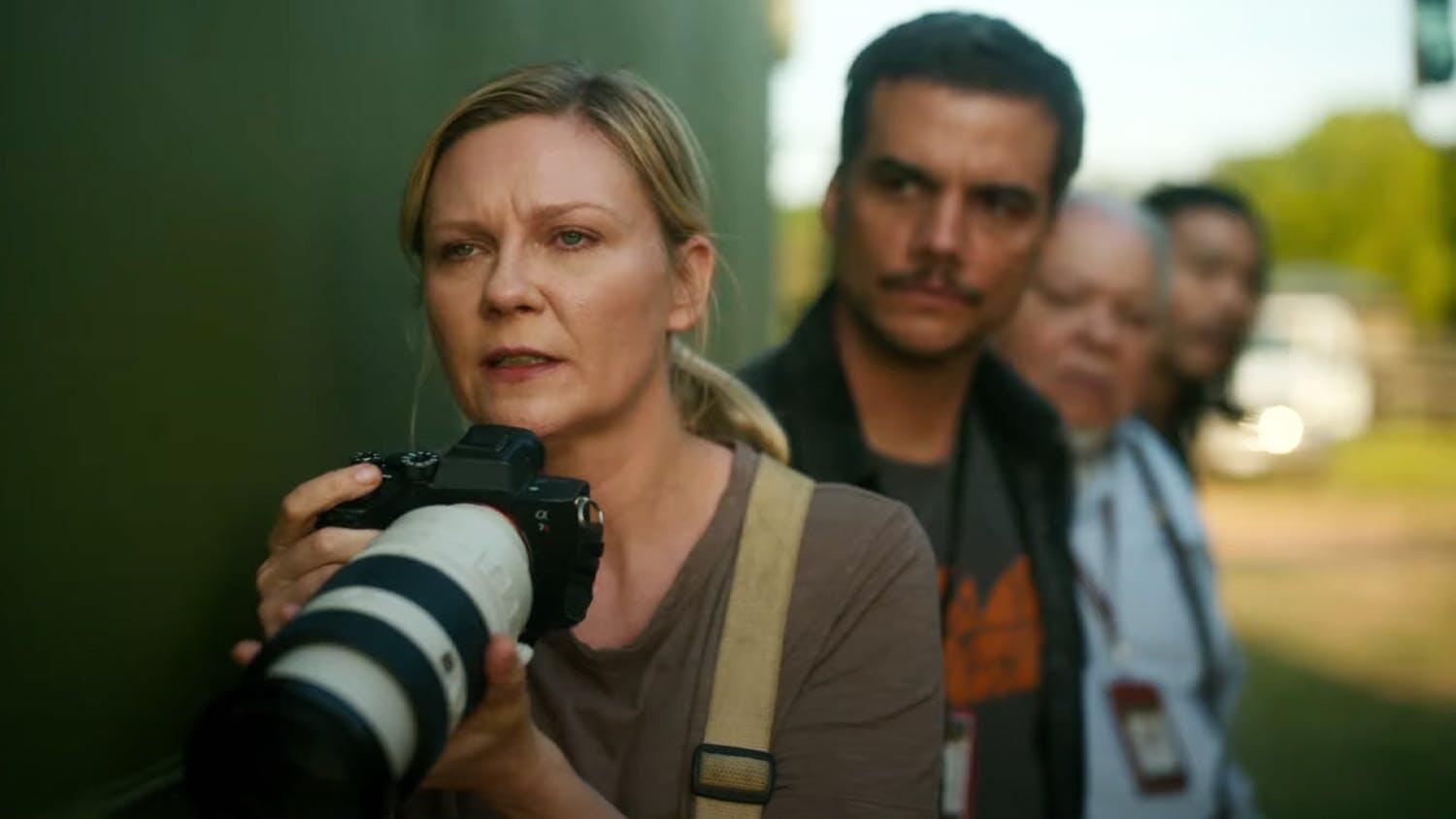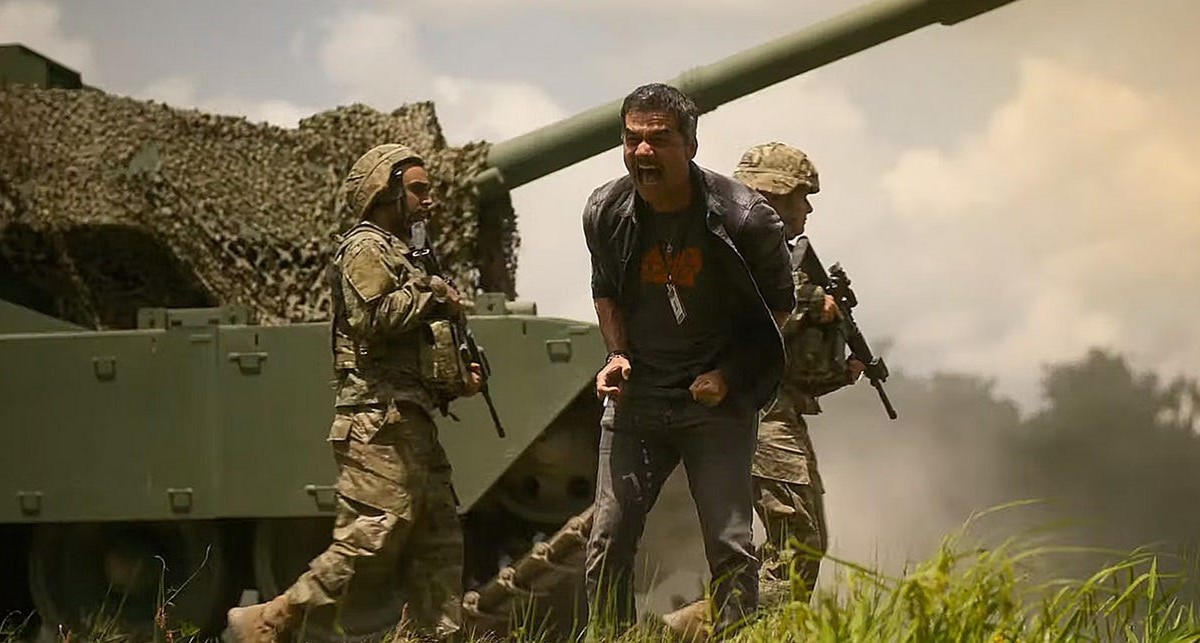by Richard Gilman
“I have a bad memory for facts,” Stendhal once wrote, and Flaubert said later that “everything the artist invents is true.” I don’t mean to imply that Arthur Penn, the director of Bonnie and Clyde, or Robert Benton and David Newman, its writers, have anything like that kind of stature, but the principles hold up. Facts are the imagination’s pretexts, and the sordid lives of the historical Bonnie Parker and Clyde Barrow—bank-robbers and murderers—have every right to serve as pretexts for an imaginative work that is interested in something other than historical “truth.”
Yet if the movie is better than anything Hollywood has done for a good while, it is still a compromise that barely misses being a self-destruction. Its failures, however, aren’t due to any infidelity to history or to the American underlife, but to an incomplete loyalty to its own arresting propositions.
Bonnie and Clyde is about violence and crime, and—hopefully, at least—the desire of the ego to define itself, to live in violence and crime if it can’t in anything else. To this end it remains properly sympathetic to the characters it has plucked from history, the sympathy being given not to crime (as Bosley Crowther said) but to a process in which crime figures, to the action by which the ego displays itself as the embattled source of everything—crime, love, violence, goodness, error, dream.
What makes it different from the Cagney gangster-hero movies of the thirties or, more subtle creations, those of Humphrey Bogart, is the way it tries to stand apart from its protagonists, its refusal fully to identify with them or to be merely the vehicle of their perversely romantic story. We identified with Cagney and Bogart; in Bonnie and Clyde, when it is working honestly and well, we live instead the life of the film, in which the specific destinies of the characters function as the occasion for cinematic art and not as the instrument of a surrogate biography for ourselves. From its opening moments, during the credits, when a series of slightly blurred family snapshots—those quintessential objects of the ego’s quest for definition and permanence—flashes on screen, the movie attempts to fashion a sustaining imaginative attitude toward the tale it is going to relate. On the edge of campiness, but saved from full sneering superiority to its material by the camera’s own inventive humility, the first half-hour or so proceeds with as much visual pleasure as anything I’ve seen this year. The first scenes, wide, relaxed, ironic and cool, hammer in some essential nails: Faye Dunaway, nearly naked in her shabby frame house, yawning with boredom and something more interesting—lack of definition; Warren Beatty irrupting into our purview as her wide-lapeled, tight-suited, fedoraed young deliverer; the empty small town main street where the pair forges a partnership through a swift, elaborate play of challenge and response—his sly showing of his gun, her dare, the first holdup, the first flight in a stolen, high-backed, chuffing early thirties car.
They move off on this “life of crime,” which for a good while will remain picaresque, a peripatetic fling, to the accompaniment of twanging, jittery banjo whose visual counterpart is the bouncing car (first of a series of such rides in which the mad, self-generating life of the automobile in America is given a fertile choreography, Mack Sennett turned half-serious) traveling along roads which seem to imply no destination and through landscapes of dream-like emptiness and deprivation. They steal another car, make a first comic attempt on a bank (it has failed three weeks before), practice shooting (“ain’t you something!” Clyde gleefully tells Bonnie when she hits the swinging tire) and add to their gang by enlisting a shuffling, laconic gas station attendant (Michael J. Pollard).
There are more comic or wittily lyric moments, framed widely and moving slowly as the camera acts more as interpreter than historian during which their legend takes shape as exile from a realm larger than that from which crime cuts men off.
One suspects, as the film accumulates, that these are largely set-pieces but they are nevertheless set-pieces around a central act of intelligent imagining. It has been established early, for example, that Clyde is impotent, and the acceptance of this by Bonnie in several understated scenes is exactly the right aesthetic and spiritual movement to reinforce their union as a hunger for support, for mutuality in exile and in the search for a “name” to set before others. In this spirit they alternate between a childlike comradeliness and a bravado donned like a mask before the world. Thus far, the movie is half-mocking, half-sober myth, domiciling its protagonists between the walls of a technique designed to allow them to reveal more than they know by revealing what it knows in its own right.
The first cracks in the wall appear. The film begins to heft its more palpable—and more saleable—materials. Clyde pistol-whips a man who has attacked him during a holdup (“Why’d he try to kill me?” he asks Bonnie with bewildered anguish), then shoots another man during a getaway. They are in flight now in earnest, caught up in the great chase, the cops and robbers plot of American popular art. And it is here that the movie begins to lose them as original creations as it more and more takes on the attributes of the gangster movie as we have always known it and makes increasing use of the romantic myth as before, that of doomed young love in an inimical world.
Joined by Clyde’s brother and sister- in-law (Gene Hackman and Estelle Parsons), they go through a series of robberies and holings-up, in which the only half-successful attempt is made to constitute them as a besieged community outside society, sustained by their growing notoriety. The attempt is also made to thicken the film’s thematic substance by introducing the Robin Hood motif (Clyde allows a workingman-depositor to keep his own money during a bank robbery) and a notion about the vicarious satisfactions “straight” society gets from criminality: a bank guard eagerly tells reporters how he “stared right in the face of death” and smartly arranges his face for the photographers. But there is little time for developments of this kind, or for the more interesting notion that criminal violence has its ground and support in legal violence, the cops maintaining the robbers in flight and existence. For everything converges now on action for its own sake, the kind of thing the American movie purveys best and most self-defeatingly.
From drama to melodrama: the gang shoots its way out of one police trap and then another; bullets fly, blood flows, the brother is killed, his wife blinded. The blood is very red, very real; and this has the momentary effect of shattering both the couples’ light-hearted adventure and the cinematic convention of violence as pleasure and romantic game. Yet the very momentum of the film as action yarn swallows up all other subtlety and nuance. When the attempt is made to recover them, to recover a “subject” for the work, the movement is to Scylla from Charybdis. The pair are reconstituted as the fated couple of movie tradition; in a reprehensible aesthetic action Clyde is shown succeeding in the act of love; he isn’t impotent after all, and everything can proceed now to the poignancy of the denouement. Resting from their wounds, the couple enter an idyllic phase, with life stretching plausibly and hopefully before them. Then they are betrayed and shot down in a storm of bullets.
This last scene does have special virtues. When the police ambush the couple they fire literally hundreds of bullets into their car and their bodies, so that the scene (which in this case is based on fact) mounts up to an image of absolute blind violence on the part of organized society, a violence far surpassing that which it is supposed to be putting down. Beyond this, there is one moment when the entire possibility of the film as new creation is bodied forth with enormous vivacity. As the first salvo hits him Clyde spins, straightens up, then begins to topple to the ground in slow motion through a suddenly unreal air, a great long arc of descent like the very image of the impossibility of his life. As cinema, and not as talk, hint, thematic implication or technicolor virtuosity, this is what Bonnie and Clyde is really about.
Caught in their director’s tacking and yawing, and with no great resources of their own, Miss Dunaway and Beatty give erratic performances. She is too bland (too blonde, it may be; the camera spends a lot of time on her sumptuous hair). Uneasy with irony, he is too firm-jawed and merely handsome; both seem displaced from more conventional movies. The acting feats are in the lesser roles, in Hackman’s and Miss Parsons’ energy and wit as the brother and sister-in-law. Pollard’s shrewd oafishness as the sidekick, and in a brilliant cameo bit by Gene Wilder as a terrified square the gang kidnaps for a time. That these things are so reinforces one’s final opinion of Bonnie and Clyde as a hybrid, an ambivalence, an alternation of achievements and collapses, an attempt to have both ways something not clearly enough seen in either.
The New Republic, November 3, 1967




